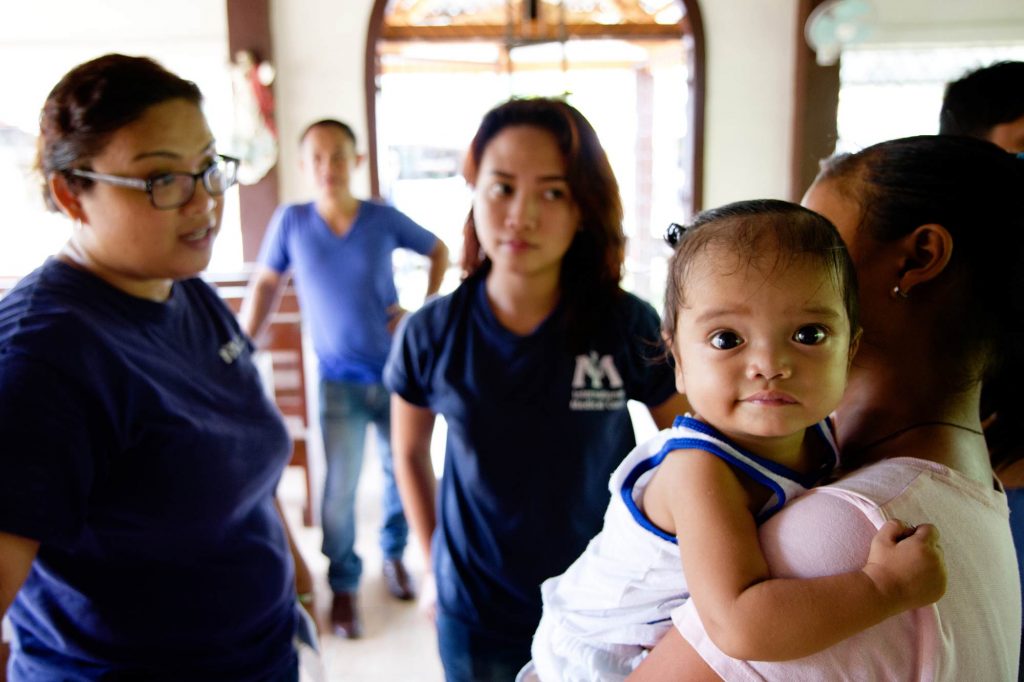
Philippines
The Philippines is an archipelago of 7,641 islands in the western Pacific Ocean. Its location along the typhoon belt and Pacific “Ring of Fire” (home to 90% of the world’s earthquakes) put the Philippines at high risk for natural disasters and such climate-sensitive diseases as dengue, malaria, diarrhea and cholera.
When Super Typhoon Haiyan hit the Philippines in November 2013, International Medical Corps was on the ground within 24 hours. The Super Typhoon left widespread devastation affecting an estimated 16 million people. Our teams provided a comprehensive emergency response, delivering 14,625 health consultations in the first six weeks alone. Our First Responders were able to reach remote communities cut off from healthcare and basic services by rapidly implementing a network of mobile medical units.
More recently, International Medical Corps responded to Typhoon Hagupit in December 2014, to Typhoon Mangkhut in September 2018, to Typhoon Phanfone in December 2019 and to the Taal Volcano eruption in January 2020.
Today, International Medical Corps is addressing critical needs in the Philippines with a long-term approach to rebuilding affected communities and helping them become their own best first responders. We have established programs in the areas of nutrition, health, mental health, and water, sanitation and hygiene.
For example, we are in the typhoon-affected province of Benguet, working to repair water systems, help ensure health facilities maintain access to electricity and provide training to build back better. We also are working to build capacity and improve sustainability by increasing the knowledge of local responders through a series of training programs that focus on such topics as first aid, CPR, mental health, coordination of emergency resources and related advanced skills.
We’re working with local governments to repair or rehabilitate water sources and distribution systems, and working with local health authorities to ensure that they have capacity to maintain cold chain for vaccines as well as sources of light in facilities with limited or unreliable electricity.
105,893,381
66 / 73
male / female
21.5%
We Were There: Typhoon Gaemi
In July 2024, Typhoon Gaemi exacerbated already-heavy monsoon rains and dumped up to a foot of water on the main island of Luzon in the Philippines where scores of people were killed and more than 600,000 displaced. Flooding and landslides throughout the region made evacuation and humanitarian efforts challenging, and prompted the government to declare a “state of calamity.” International Medical Corps distributed prepositioned stocks of medicines, medical supplies and essential hygiene items to those affected.
We Were There: Typhoon Mangkhut
On September 14, 2018, Typhoon Mangkhut slammed into northeast Luzon—the Philippines’ largest and most populated island—reportedly producing waves reaching almost 30 feet high, causing excessive flooding, resulting in more than 40 landslides, killing hundreds of people and displacing hundreds of thousands more.
Read moreWe Were There: Typhoon Haiyan
We were on the ground within 24 hours of Typhoon Haiyan in 2013, which left widespread devastation affecting an estimated 16 million people. Our teams provided a comprehensive emergency response, delivering 14,625 health consultations in the first six weeks alone.
Read more